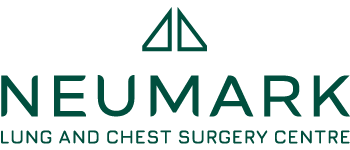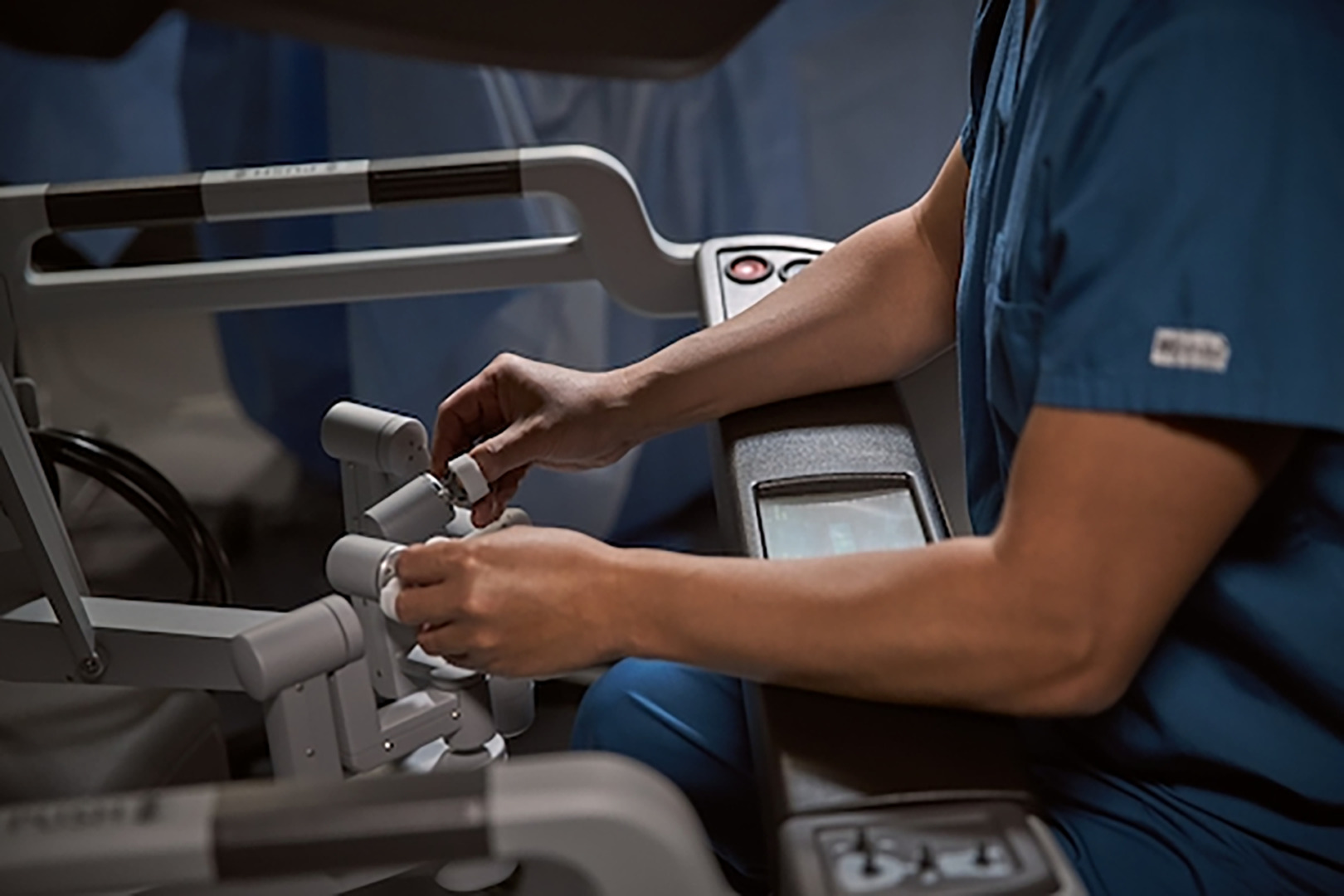When faced with a mediastinal mass diagnosis, many instantly become anxious about the possibility of surgery. However, the good news is that today’s thoracic surgery offers new hope and, in many cases, a gentler road to recovery. Robotic-Assisted Thoracic Surgery (RATS) has revolutionised the approach to mediastinal tumours, offering unparalleled precision and minimising trauma to the body. At Neumark Lung & Chest Surgery Centre, we combine clinical expertise with the latest technology to ensure our patients get the best possible care.
What Is a Mediastinal Mass?
The mediastinum is the middle compartment of the chest, bordered by the lungs and contains vital structures such as the heart, thymus, oesophagus, trachea and major blood vessels. A mediastinal mass is any abnormal growth within this space. They can be benign (non-cancerous) or malignant (cancerous). Thymomas, germ cell tumours, lymphomas and cysts are all common types of mediastinal masses, and their origins can vary. Treatment will differ depending on the location and the patient’s age.
Some patients remain asymptomatic while others may experience chest pain, cough, breathlessness, hoarseness or difficulty swallowing. These symptoms may be caused by the mass compressing nearby organs. It is vital never to ignore these symptoms, as early diagnosis can make a significant difference in the choice and success of treatment.
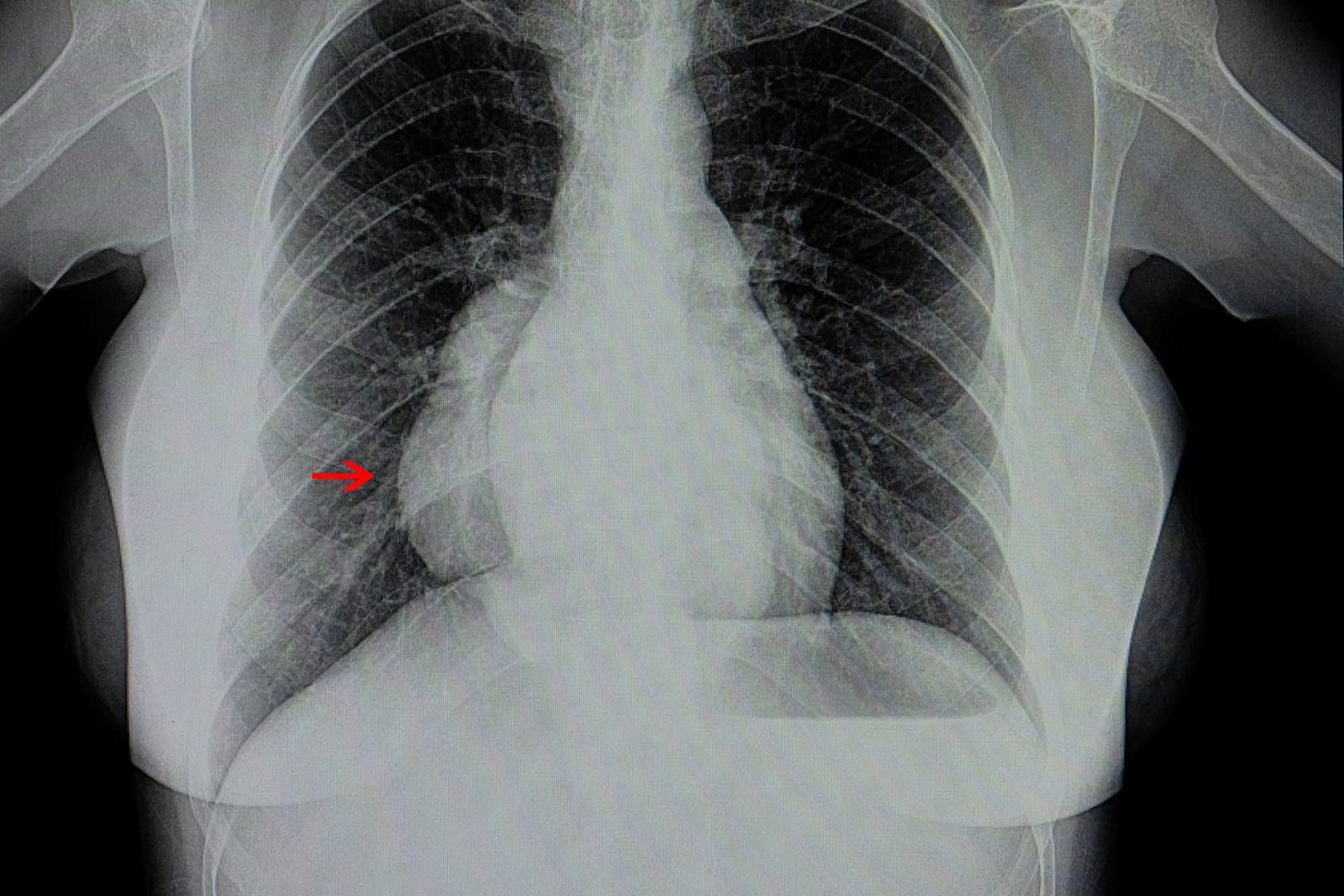
Diagnosing and Assessing a Mediastinal Mass
Imaging plays a key role in diagnosing a mediastinal mass. High-resolution CT scans, MRIs, and PET scans help define the size, location and relationship to vital structures. In addition to these, a tissue biopsy is often required to determine the exact nature of the mass (benign or malignant) and to guide treatment planning.
Some benign lesions can be monitored while others require surgical removal to prevent future complications. Malignant tumours usually require urgent intervention, either as a standalone procedure or as part of a broader oncological treatment plan including chemotherapy or radiotherapy.

Benign Versus Malignant Mediastinal Tumours
The purpose of surgery depends on whether the mass is benign or malignant. Benign tumours, such as thymic cysts or neurogenic tumours, are often removed to relieve symptoms or prevent growth. RATS is ideal in these cases, offering a low-risk solution with minimal disruption.
Malignant masses such as thymic carcinomas or lymphomas require a more complex approach. Some may require additional therapies, but surgical resection is a cornerstone of treatment for many thoracic malignancies. RATS provides the precision to excise cancerous tissue cleanly while preserving vital surrounding structures.
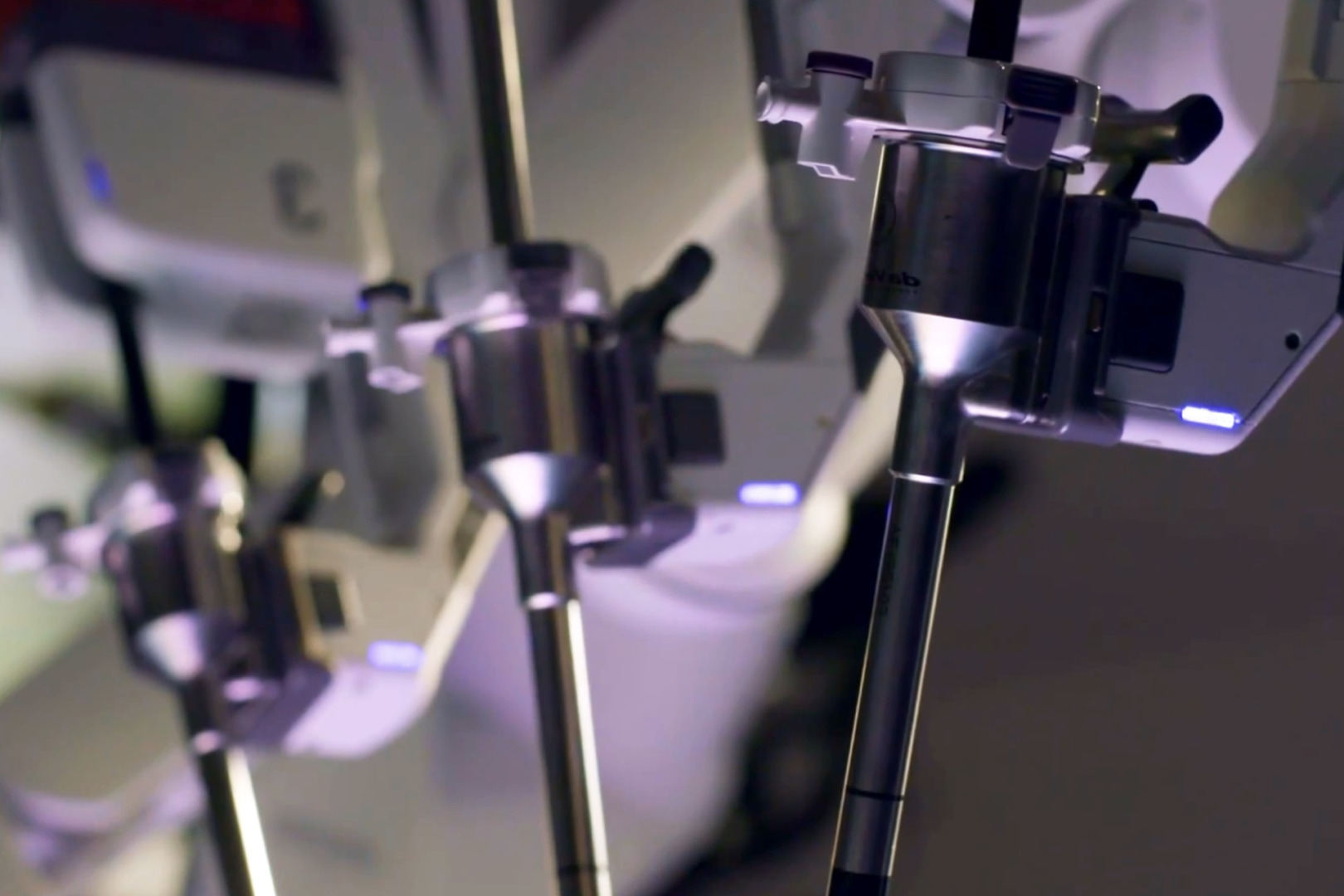
How Surgery Has Changed
In the past, removing a mediastinal tumour meant open surgery via a sternotomy. This invasive procedure necessitated a large incision down the breastbone, and with it came a long recovery time. While effective, it was associated with significant pain, an extended hospital stay, and, unfortunately, a higher risk of complications.
Robotic-Assisted Thoracic Surgery (RATS) has changed what’s possible in thoracic surgery, offering a minimally invasive option that doesn’t compromise on surgical effectiveness. For many cases, RATS for mediastinal mass is the gold standard, especially when performed by experienced thoracic surgeons.
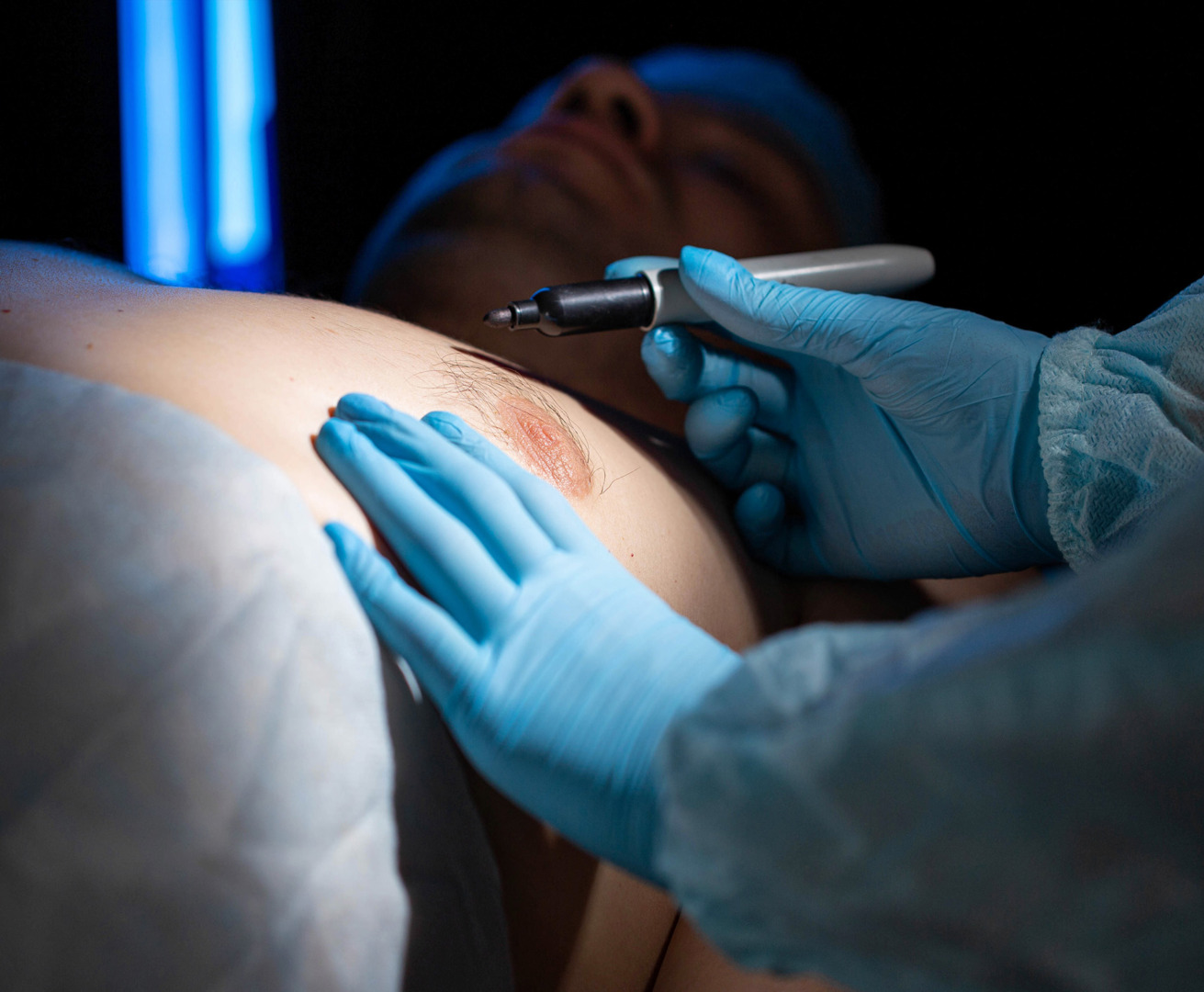
How Does RATS for Mediastinal Masses Work?
RATS capitalises on the vision and control of an expert surgeon while leveraging the precision of advanced robotic technology. During the procedure, the surgeon operates from a console, guiding robotic arms that perform the surgery through a few small incisions in the chest wall. The robotic system translates the surgeon’s hand movements into precise micro-movements, enabling extraordinary accuracy even in confined spaces.
The mediastinum is a complex area, densely packed with vital structures, making it challenging to navigate through conventional means. Thankfully, RATS offers enhanced 3D visualisation and greater dexterity, which reduces the risk of damage to surrounding tissues.
Recent studies have found that RATS achieved similar – if not better – outcomes compared to traditional surgery, with fewer complications, less blood loss and a shorter hospital stay.
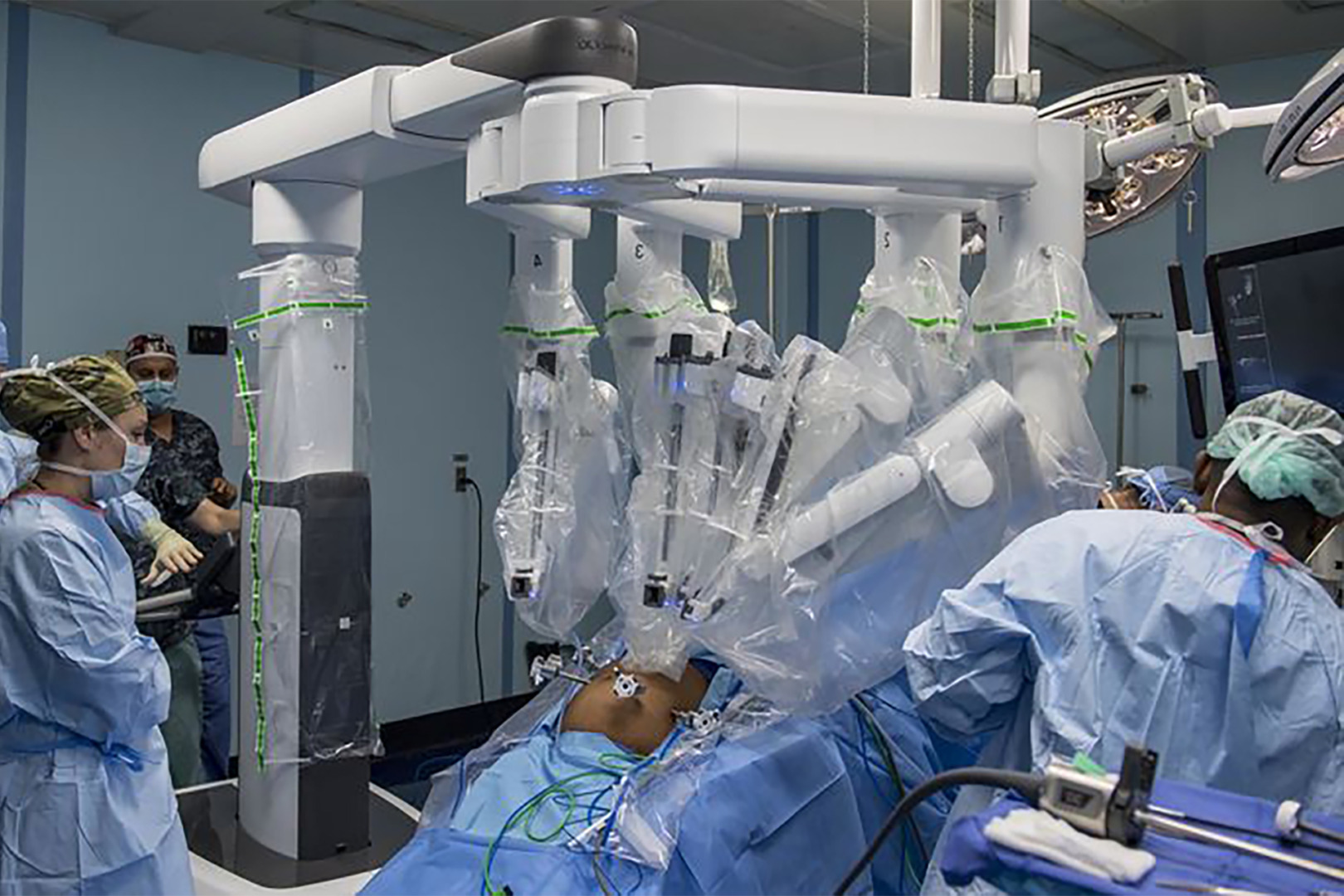
Benefits of Robotic-Assisted Thoracic Surgery
The benefits of RATS for mediastinal mass go far beyond the operating theatre. Firstly, the smaller incisions mean less post-operative pain and a lower risk of infection. Patients typically experience quicker recovery times, with fewer hospital days and a faster return to normal life.
Secondly, the improved visibility and control allow surgeons to perform delicate dissections with confidence even in the presence of scar tissue or inflammation. This is particularly important for malignant tumours where a complete resection is critical to prevent recurrence. Finally, RATS preserves the chest wall better than open surgery. For patients, this means better long-term respiratory function and cosmetic outcomes, which are important considerations when weighing clinical success against quality of life.
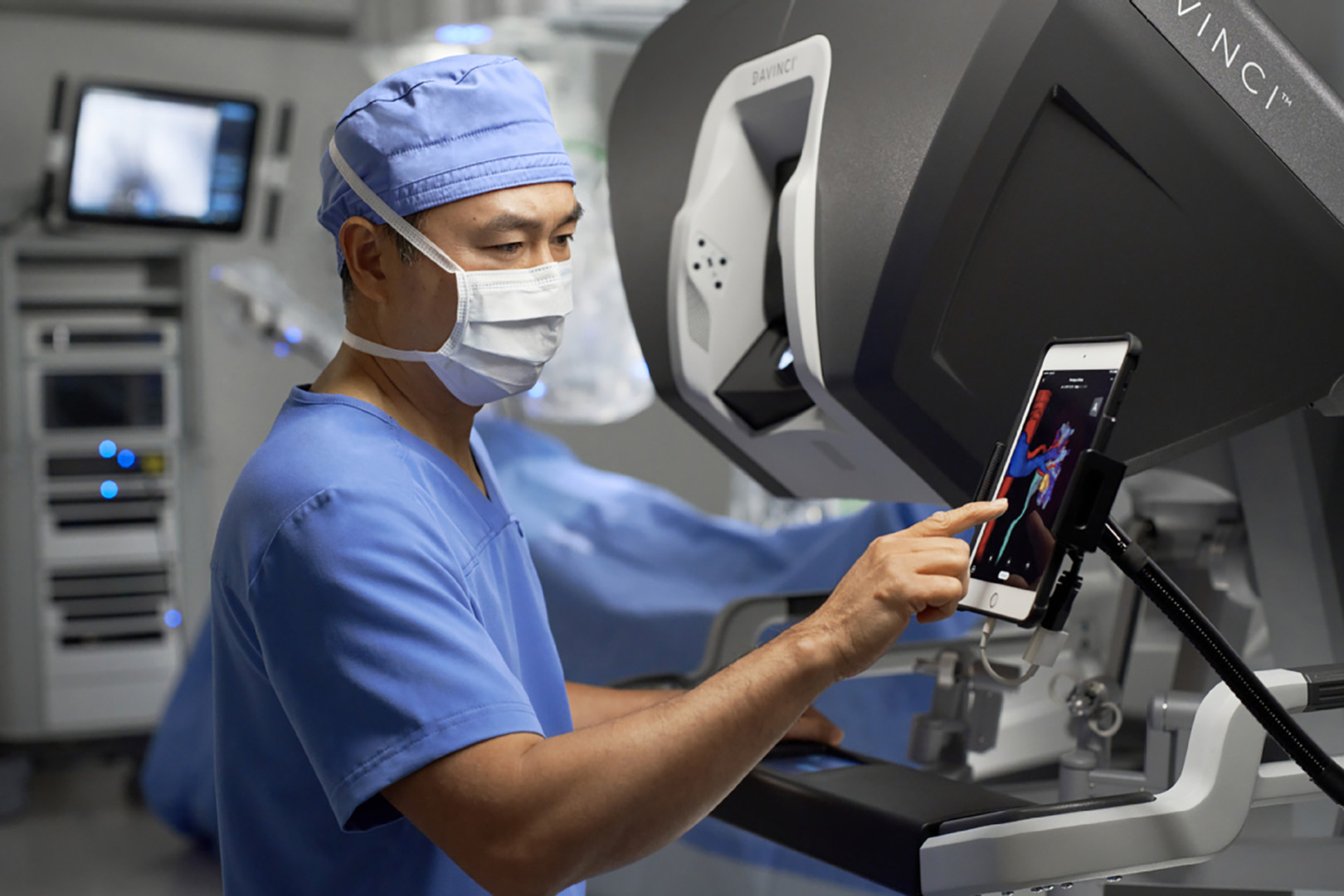
Patient Experience and Recovery
RATS patients at Neumark Lung & Chest Surgery Centre are supported both before and after their surgeries. From preoperative imaging and consultation to postoperative care and follow-up, every step is guided by our team’s commitment to safety, precision and compassion.
Most patients undergoing RATS are discharged within a few days with minimal scarring and excellent pain control. Follow-up imaging helps ensure complete removal and monitors for recurrence, especially in malignant cases.

Is RATS for You?
If you or a loved one has been diagnosed with a mediastinal mass, it’s natural to have questions. In many cases, the answer might be RATS. RATS for mediastinal mass is not just a modern alternative to open surgery; it’s often the preferred approach. With lower risks, quicker recovery and outcomes backed by research, RATS is a game changer in thoracic care. However, not all cases are the same. Contact Neumark Lung & Chest Surgery Centre to schedule a consultation and determine if RATS for mediastinal masses is the right procedure for you.
